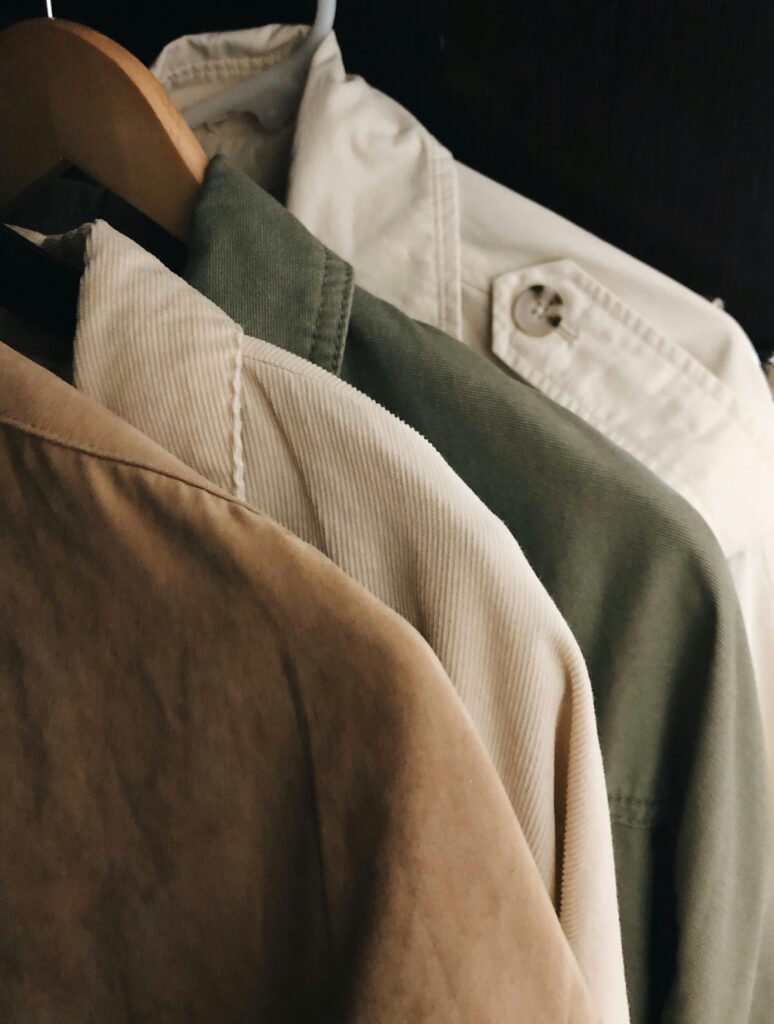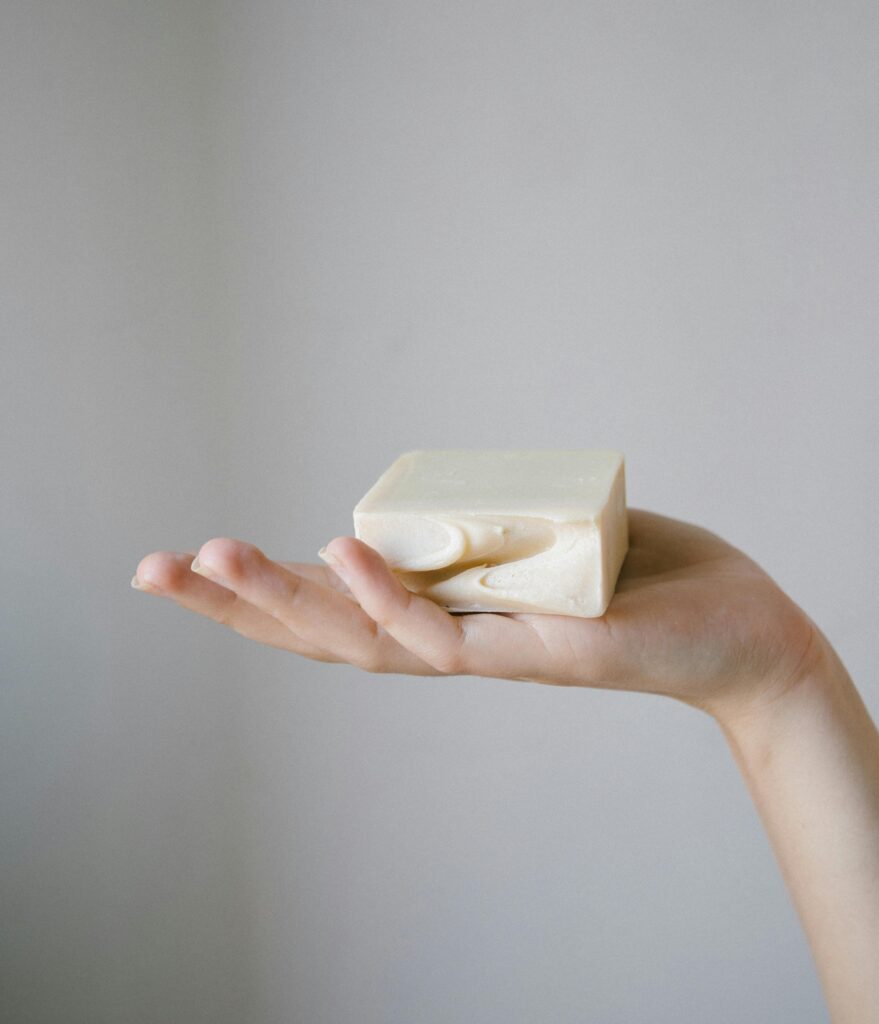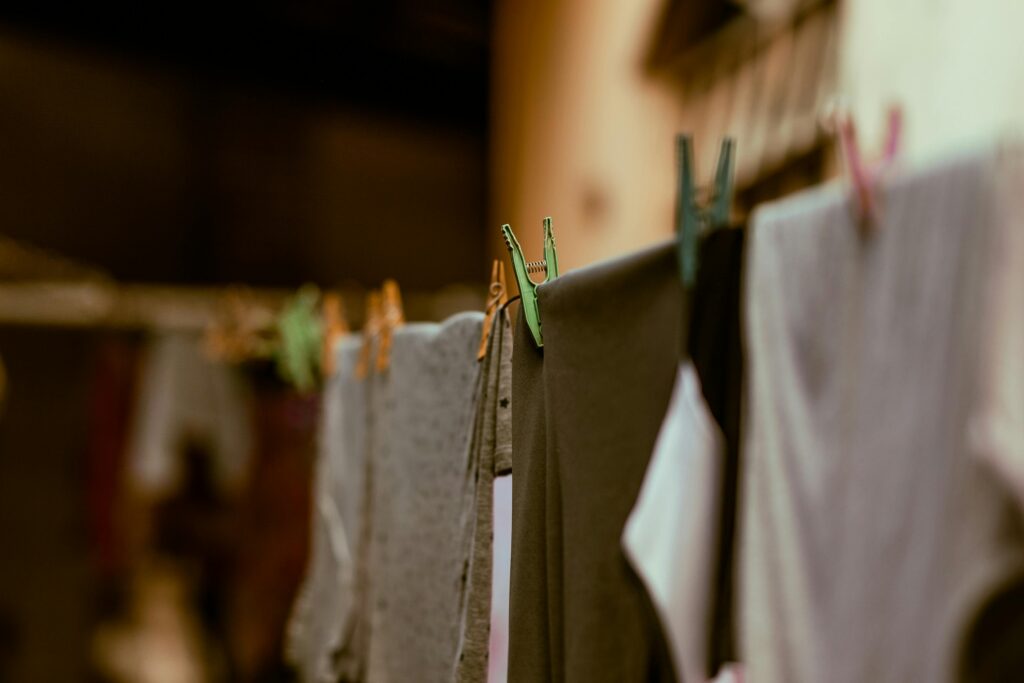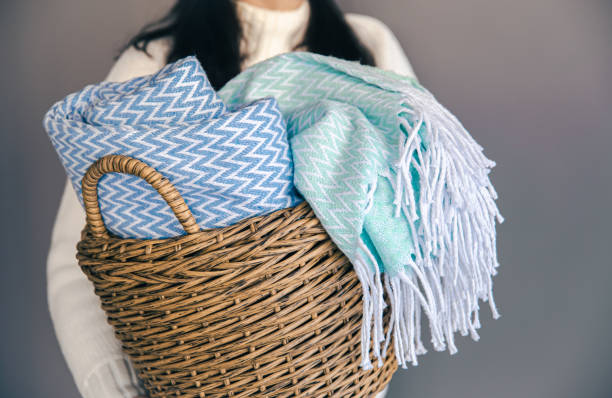Creating a sustainable laundry routine is a simple yet impactful way to protect the environment and extend the life of your clothing. By rethinking how we wash, dry, and care for our garments, we can significantly reduce water usage, energy consumption, and textile waste—while keeping our wardrobes in great condition.

Why Choose a Sustainable Laundry Routine?
Every time you wash your clothes, it affects not just the fabric but also the planet. Traditional laundry methods often rely on hot water, harsh chemicals, and machine drying—all of which contribute to environmental harm. A sustainable laundry routine helps reduce your carbon footprint, saves money on energy bills, and keeps your clothes looking better for longer.
Let’s explore some eco-friendly laundry tips you can incorporate into your daily routine.
1. Wash Only When Necessary
The first and most important tip in any sustainable laundry routine is to avoid overwashing. Many people throw clothes into the wash after every wear—even when it’s not needed. Washing clothes less frequently:
- Preserves fabric quality
- Saves water and energy
- Reduces microfiber pollution
Instead, air out your clothes between wears, and wash only when they’re truly dirty. This is especially important for jeans, jackets, and outerwear that don’t require frequent washing.
2. Use Cold Water Whenever Possible
Washing with cold water is a key component of a sustainable laundry routine. Heating water accounts for a large portion of the energy used during laundry cycles. Cold water:
- Saves energy
- Is gentler on fabrics
- Prevents shrinkage and color fading
Modern detergents are formulated to work well even in cold temperatures, so you won’t compromise on cleanliness.

3. Choose Eco-Friendly Detergents
Standard detergents often contain chemicals that harm aquatic life and pollute water systems. For a truly sustainable laundry routine, switch to plant-based or biodegradable laundry detergents that are:
- Free from phosphates, sulfates, and synthetic fragrances
- Packaged in recyclable or refillable containers
- Gentle on sensitive skin and delicate fabrics
Powdered or concentrated detergent formulas are also a smart choice as they use less packaging and last longer.
4. Air Dry Your Clothes
Dryers use a significant amount of energy and can damage your garments over time. Instead, make air drying part of your sustainable laundry routine:
- Hang clothes on a drying rack or clothesline
- Lay delicate items flat to dry
- Let garments dry naturally indoors or outdoors
Not only does this reduce energy consumption, but it also helps clothes maintain their shape and texture.

5. Turn Clothes Inside Out
Before placing items in the wash, turn them inside out. This simple habit protects the visible side of your clothing from:
- Friction and fading
- Pilling and surface damage
- Wear and tear from zippers or buttons
It’s an easy yet powerful tip for anyone committed to a sustainable laundry routine.
6. Use Shorter Wash Cycles
Longer washing cycles consume more water and energy, and can be unnecessarily harsh on fabrics. Most everyday laundry loads—especially lightly soiled items—can be cleaned just as effectively using short or eco-friendly wash settings.
By choosing shorter wash cycles, you:
- Save time and electricity
- Protect fabric integrity
- Support your sustainable laundry goals

7. Avoid Fabric Softeners and Dryer Sheets
While fabric softeners may make your clothes feel soft and smell nice, they often contain chemicals that coat fibers and reduce the breathability and absorbency of fabrics. Over time, they can actually break down materials, shortening the life of your garments.
Instead, use natural alternatives like:
- White vinegar in the rinse cycle
- Wool dryer balls (if using a dryer occasionally)
- Essential oils for a natural fragrance
8. Use Laundry Bags for Delicates
Delicate items like lace, lingerie, or knitwear need extra care. Mesh laundry bags prevent them from getting tangled, stretched, or snagged in the wash. They’re a smart addition to a sustainable laundry routine and help your favorite delicate pieces last longer.
9. Treat Stains Promptly
The sooner you treat stains, the more likely you’ll remove them in a single wash—eliminating the need for multiple washes. Quick stain treatment reduces water waste and helps maintain fabric quality.
Try natural stain removers like baking soda, lemon juice, or a gentle plant-based soap instead of harsh chemical treatments.
10. Invest in Quality Over Quantity
Part of a sustainable laundry routine is choosing clothes that are made to last. Buying fewer, higher-quality pieces means less laundering, less waste, and a more mindful wardrobe. When you invest in good materials and take care of them properly, you’ll find yourself doing less laundry and enjoying your clothes longer.

Final Thoughts: Sustainability Starts in Your Laundry Room
Shifting to a sustainable laundry routine is one of the easiest and most impactful steps you can take toward a more eco-conscious lifestyle. With just a few changes in how you wash and care for your clothes, you’ll:
- Save water and energy
- Reduce your carbon footprint
- Keep your clothes in great shape for years
Every load of laundry is a chance to do better—for your wardrobe and the world. So start today, and turn your everyday habits into a long-term commitment to sustainability. (Discover more practical tips in PlanetCare’s Ultimate Guide to Eco‑Friendly Laundry.)






